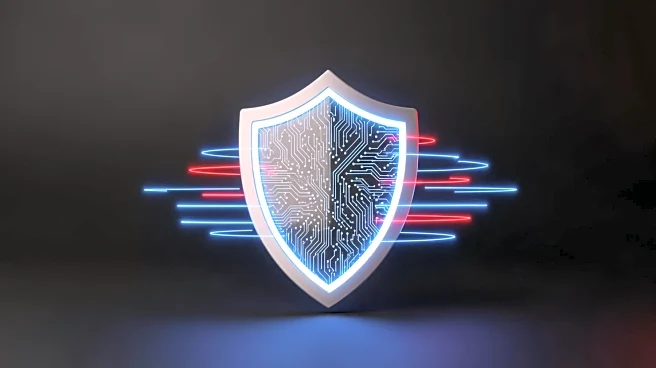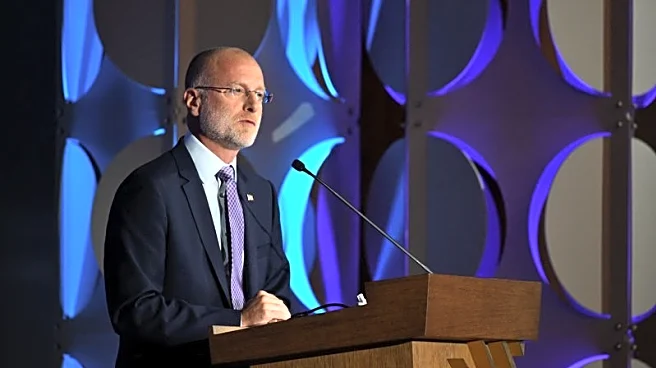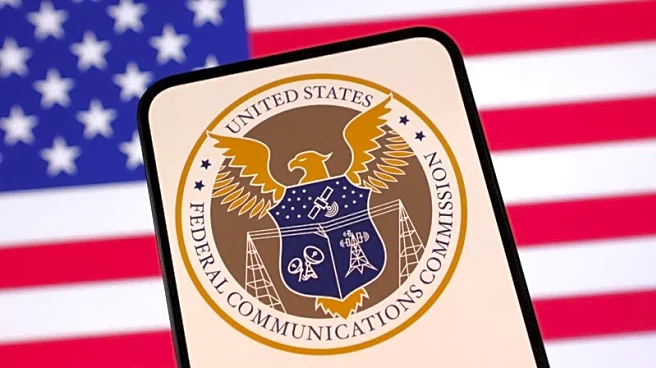What's Happening?
FCC Commissioner Anna Gomez has expressed concerns over the agency's decision to rescind cybersecurity regulations following the Salt Typhoon cyberespionage campaign. The campaign, led by Chinese state actors, compromised U.S. telecommunications infrastructure,
affecting high-level officials. Gomez argues that rescinding the rules would let telecoms off the hook for cybersecurity lapses and eliminate one of the few substantive actions taken by the FCC in response to the breaches. The decision to reverse the rules is supported by Chair Brendan Carr, who deems them ineffective and unlawful.
Why It's Important?
The FCC's decision to rescind cybersecurity regulations has significant implications for the security of U.S. telecommunications infrastructure. The Salt Typhoon campaign exposed vulnerabilities in telecom networks, highlighting the need for robust cybersecurity measures. Gomez's dissent underscores the importance of regulatory oversight in ensuring network security and accountability. The decision may impact the FCC's ability to enforce cybersecurity standards and protect against future breaches, affecting national security and public trust in telecom providers.
What's Next?
The FCC's vote to rescind the regulations is likely to prompt further debate on the agency's role in cybersecurity enforcement. Stakeholders, including telecom providers and cybersecurity experts, may engage in discussions to explore alternative measures for enhancing network security. The decision may also influence future regulatory approaches to cybersecurity, as the FCC navigates the balance between industry collaboration and regulatory intervention.
Beyond the Headlines
The situation raises broader questions about the effectiveness of regulatory frameworks in addressing cybersecurity threats. It also highlights the challenges of coordinating responses to state-led cyberespionage campaigns, emphasizing the need for international cooperation and strategic planning. As cyber threats evolve, stakeholders must consider innovative approaches to safeguarding critical infrastructure.















